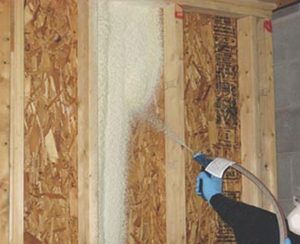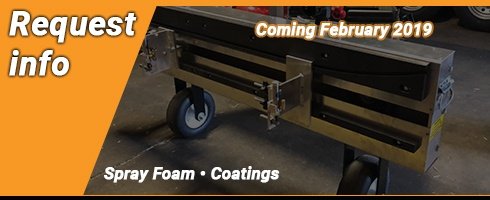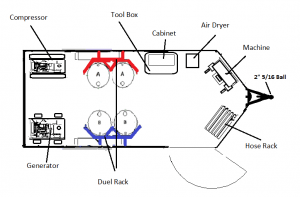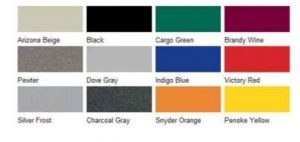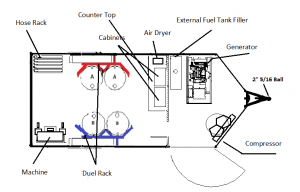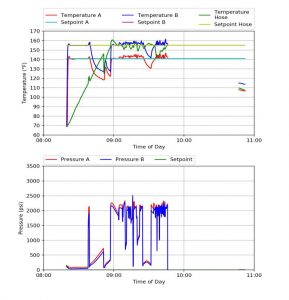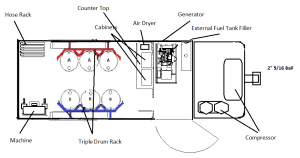With more customers requesting insulation installs for their residences and businesses, contractors are increasingly interested in finding out more about the application of spray foam. Many realized the benefits of spray foam insulation for cold weather as the frigid temperatures set in, resulting in calls to contractors who need to figure out how to maintain their foam product in temperatures not conducive to its operation and storage.
If you are beginning to see an uptick in customers requesting spray foam insulation, you might be looking for some tips in applying spray foam in cold weather and preserving the product in its optimal and effective state. Failure to take the necessary measures could end up proving costly in terms of product loss and lost time while you scramble to find an alternative solution.
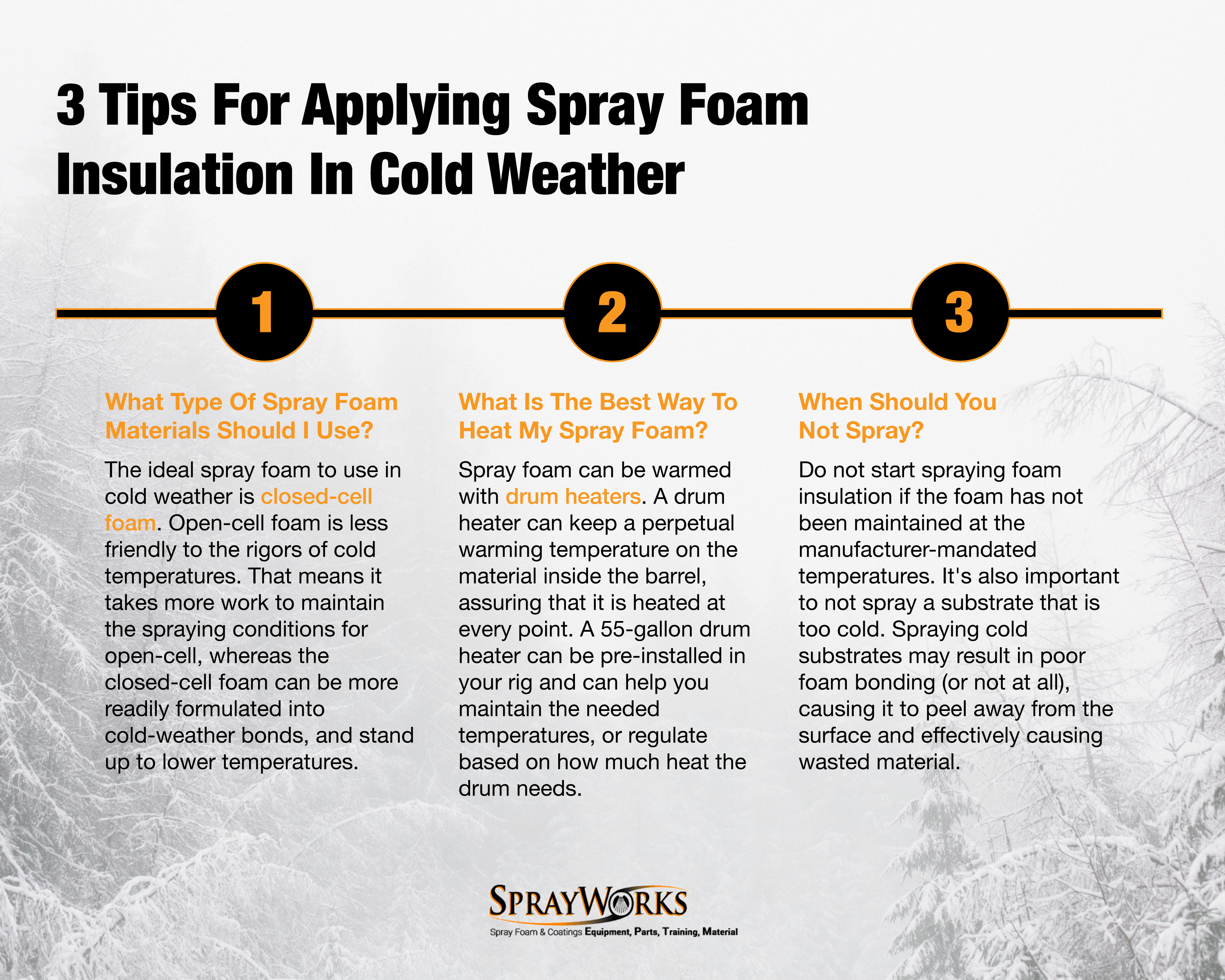
Can You Apply Spray Foam in Cold Weather?
When ambient temperatures, material temperatures, or substrate temperatures are too low, spray foam does not rise or bond to the substrate enough to produce the desired result. Warming material to the specified manufacturer SDS temperatures is vital to proper application. Likewise, if the foam itself is not stored at proper temperatures before application, it will experience lower viscosity and will not yield a product that can effectively serve its intended purpose either.
Temperatures that are too low for application causes the material to peel away, resulting in the spray foam being wasted or having reduced effectiveness.
While cold weather is not ideal for successful spray foam application, projects don’t need to be shut down during cold weather. When it comes to applying spray foam in cold weather, it’s important to ensure certain measures are taken to maintain the foam’s temperature, as well as the substrate.
What Type Of Materials Should I Use for Cold Weather
Spray Foam?
The ideal spray foam to use in cold weather is closed-cell foam. While open-cell
foam is a great choice because its expansive nature can fill many nooks and crannies that are hard to reach – thereby effectively heat proofing and even soundproofing walls – it is less friendly to the rigors of cold temperatures. That means that it would take a lot more work and effort to keep open-cell foams at the ideal temperature for usage, where areas the closed-cell foam can be more readily formulated into cold weather bonds, and stand up to lower temps.
What Is the Best Way to Heat My Spray Foam?

Drum Heaters
Generally, drum temperatures need to keep material between 70 and 80 degrees Fahrenheit, on average, to keep the product stable and ready for optimal use. The SDS for the material manufacturer can provide more exact guidance for the required temperatures.
To get the most out of cold weather spray foam, the material itself can be warmed with drum heaters. A drum heater can keep a perpetual warming temperature on the material inside the barrel, assuring that it is heated at every point. A 55-gallon drum heater can be pre-installed in your rig, and can help you maintain the needed temperatures, or regulate based on how much heat the drum needs.
Band Heaters
Traditionally, band heaters have been utilized by contractors seeking to preserve foam temperatures at a low cost. The problem with band heaters is that they heat only a portion of the drum. This means that the heat is too concentrated on one particular portion of the foam, making some of the foam potentially too hot while keeping other parts too cold. Insulation blankets are not the best drum heaters either, as they allow for certain areas to remain cooler than others, with the problem of cold material not being solved.
To apply spray foam in cold weather and assure substantive, distributed heating, some contractors try using space heaters or bullet heaters. However, these are not particularly safe or overly effective methods. There are other more effective drum heating solutions.
Barrel Blazers and More
Barrel Blazers and barrel blankets are a good option when it comes to more uniform coverage of drums. They retain heat and keep the warmth of the foam evenly distributed, mitigating the possibility of cold spots. Heated hoses are an ideal addition to drum heaters – while material in the drum is staying warm, heated hoses keep material temperatures regulated until it reaches the spray gun.
Of course, there are supplemental solutions that include keeping your spray hose in good condition and keeping the hose and the drum elevated off of cold floors or snow, so that warm air can enter underneath.
Using a drum heater to warm the foam before starting the work is essential, but slowing down the dispense rate on the gun’s nozzle can also allow the process to work more efficiently. When running a hose from your rig, it is also a good idea to only pull it through a small opening, as larger openings make for an easy way to lose heat.
When Should Not Spray?
Do not start spraying foam insulation for cold weather if the foam has not been maintained at the manufacturer-mandated temperatures. It’s also important to not spray a substrate that is too cold. Spraying cold substrates will result in poor foam bonding (or not at all), causing it to peel away from the surface and effectively causing wasted material.
Open-cell spray foam should not be exposed to weather elements and is designed for inside use, while closed cell spray foam can be used inside or exposed to weather elements outside.

